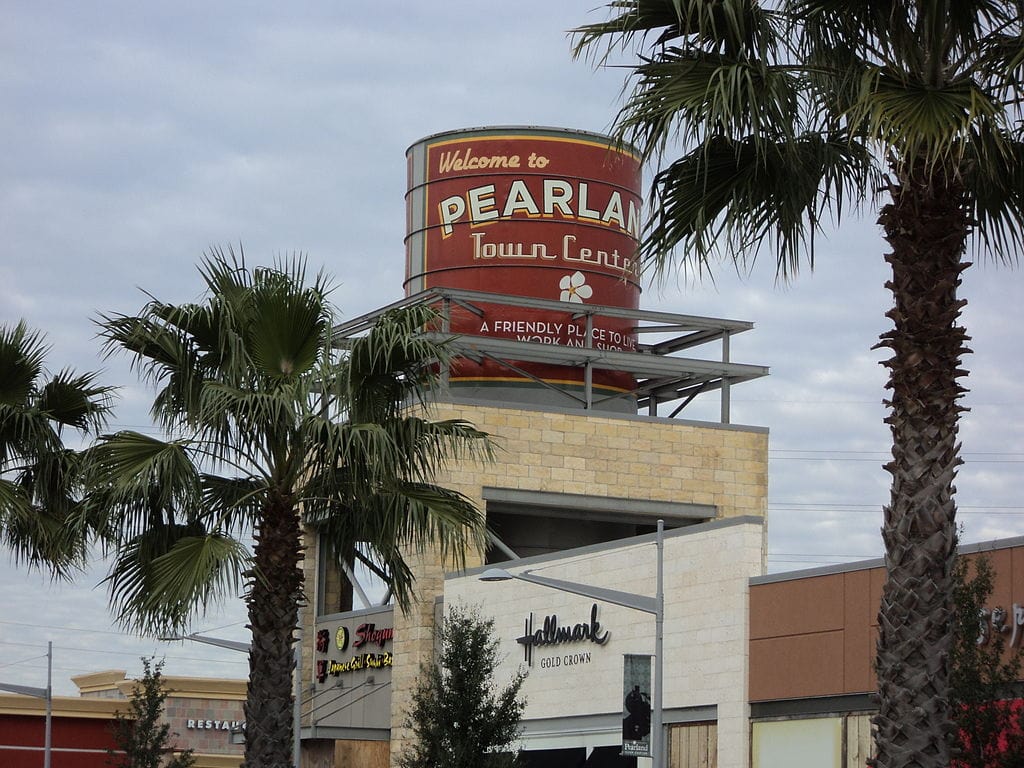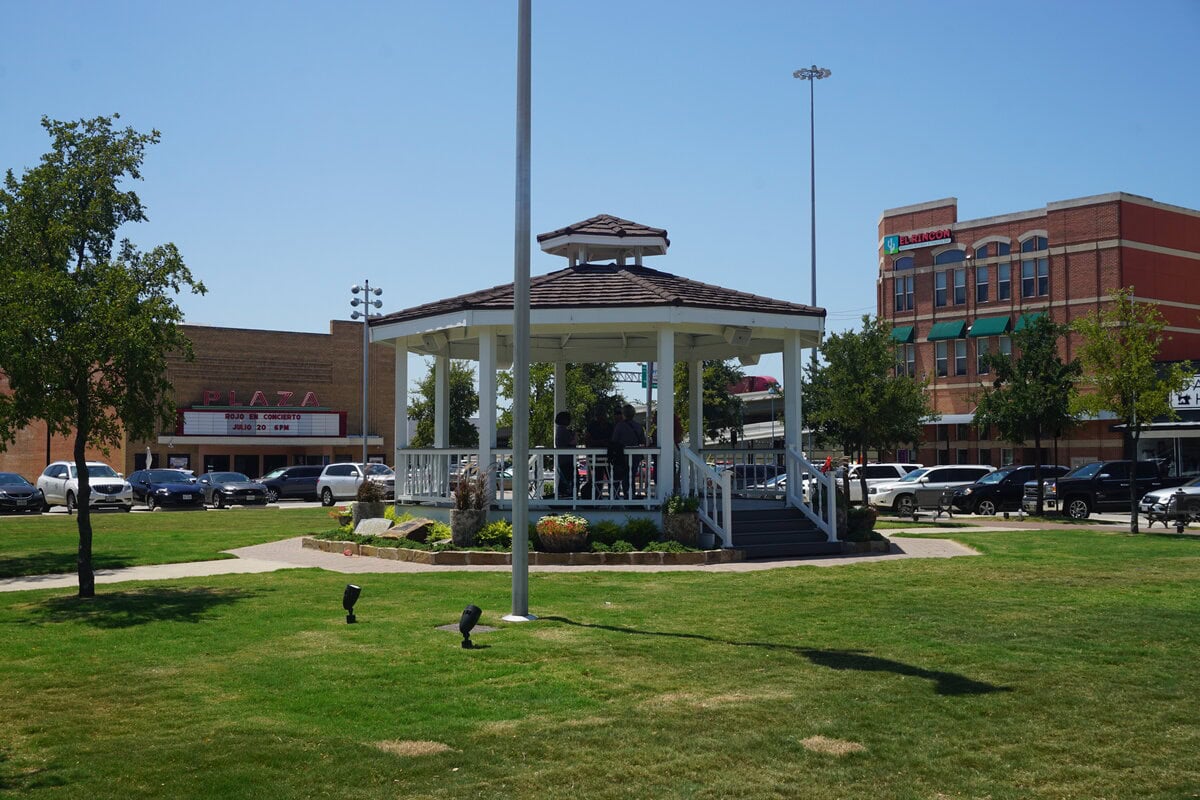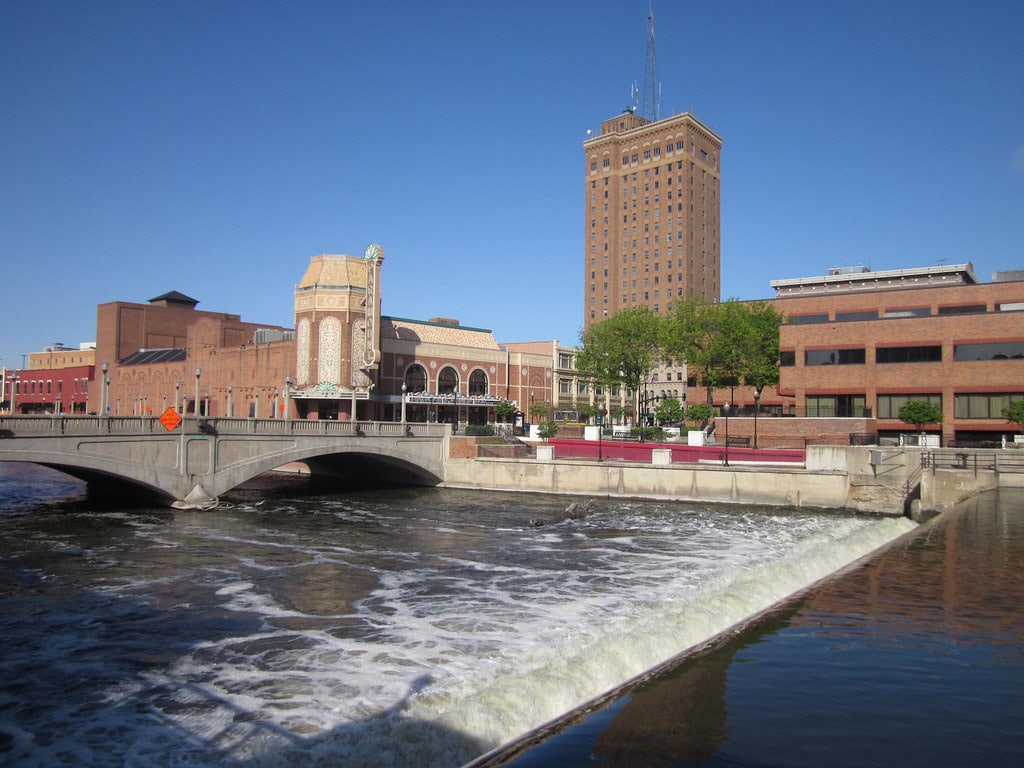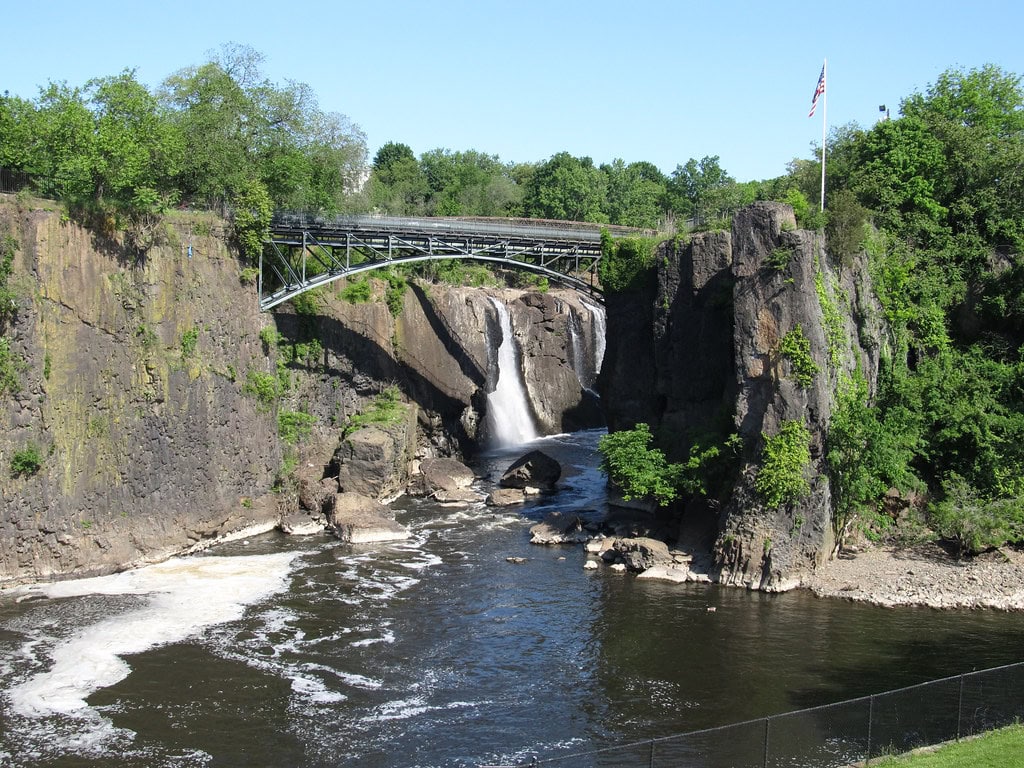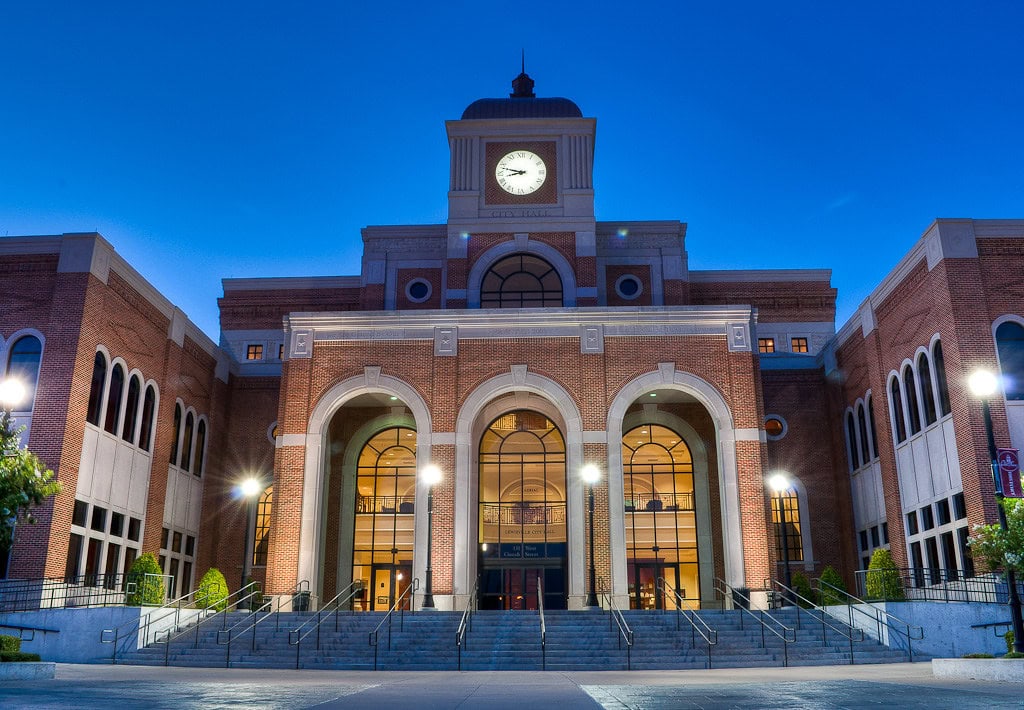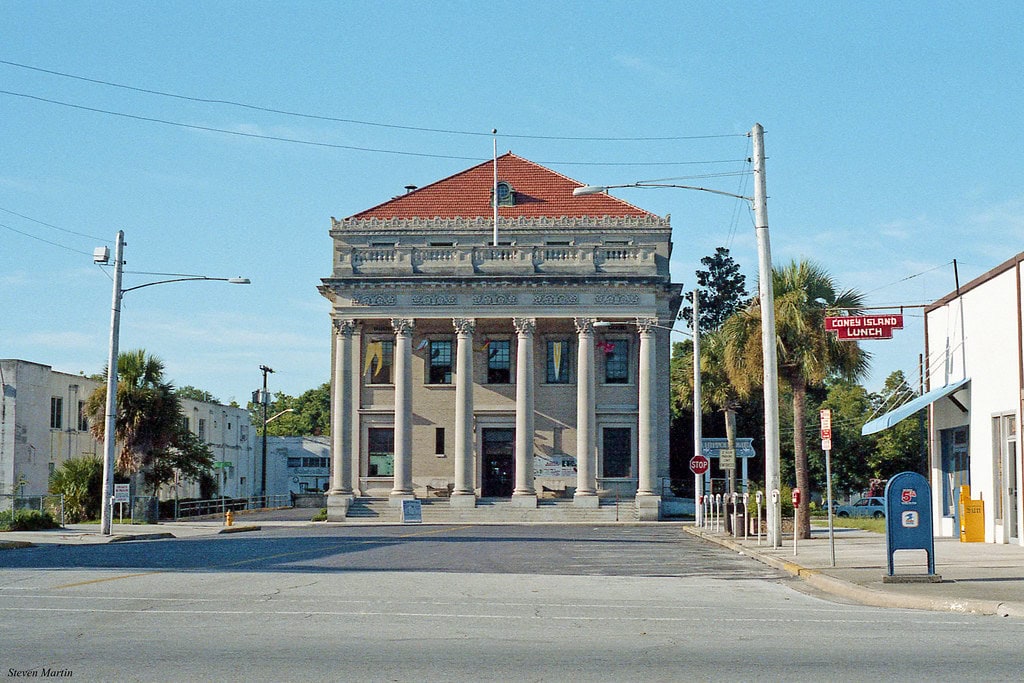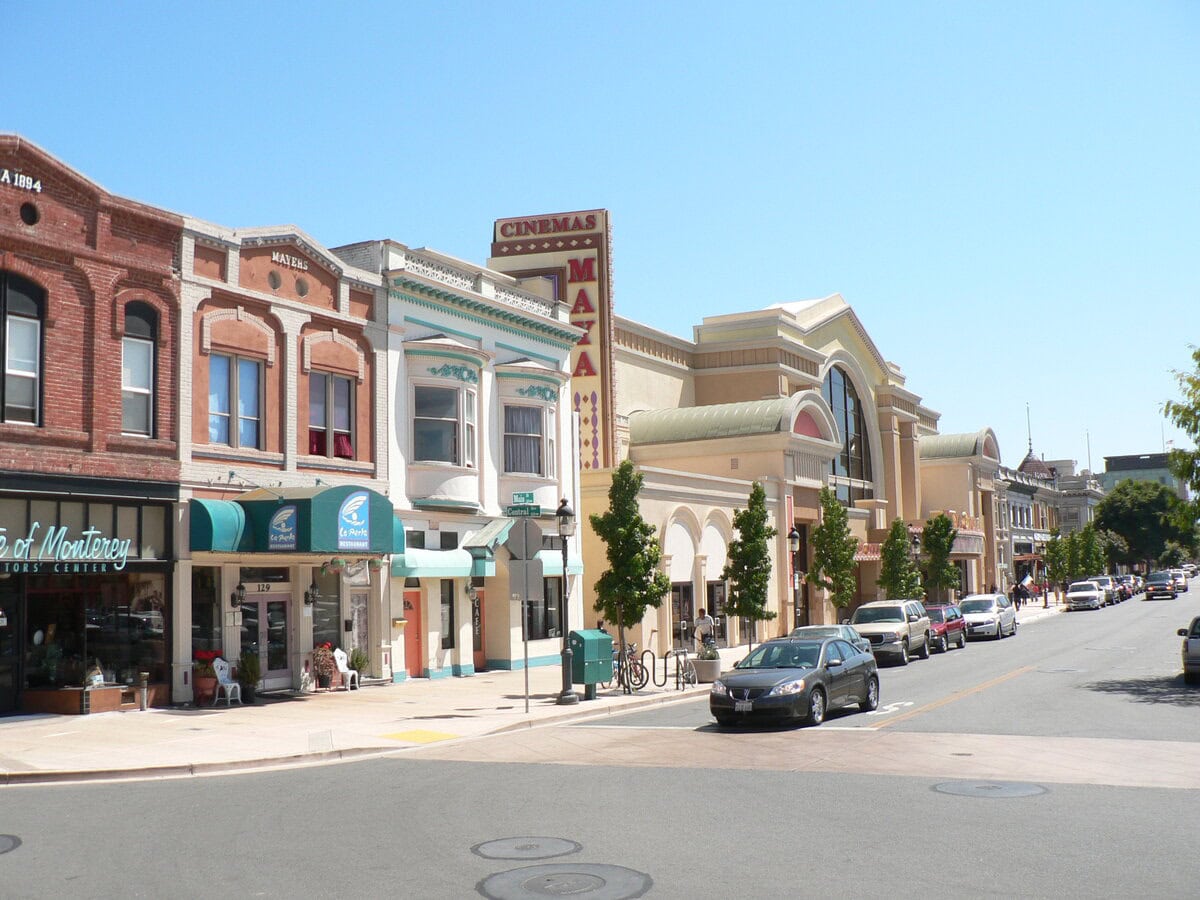Eleven facts, eleven reasons Edmond, Oklahoma, doesn't blend into the background.
Somewhere between the Territorial Schoolhouse that started it all and the fiberglass hippo that won't go away, the city's personality settles in.
The oldest public university building in the state stands three blocks from a jazz lab that doubles as a recording studio.
There's a cemetery founded by freed homesteaders, a street festival that pulls 20,000 people downtown, and a barn so round it became a landmark on Route 66.
Some facts are made of red brick and 19th-century rail lines. Others show up only once a year with lawn chairs, parade floats, and sparklers.
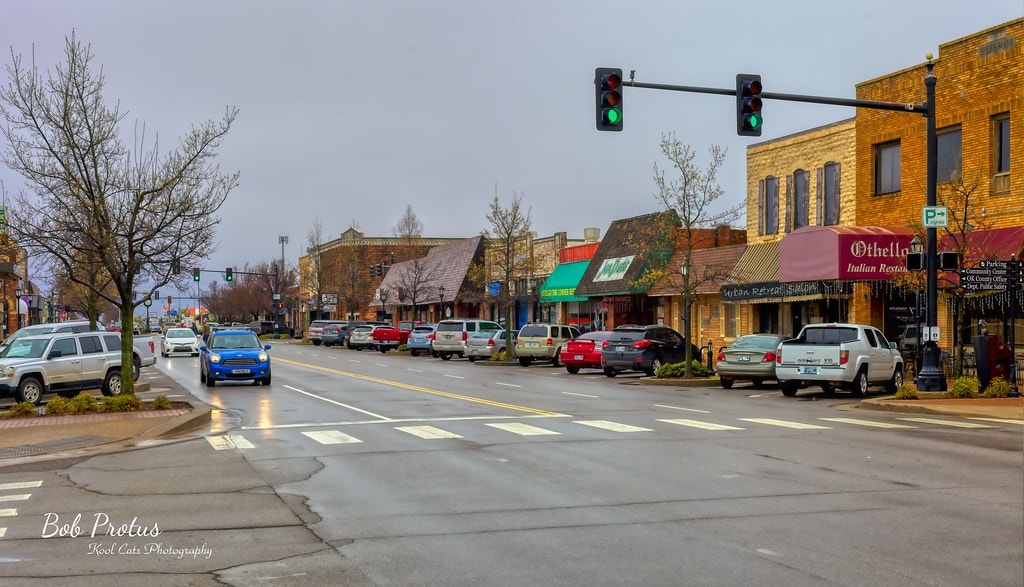
Edmond was the first city in Oklahoma Territory to offer public schools funded by taxes
After the 1889 Land Run, Edmond became the first Oklahoma Territory town to organize a tax-supported public school system.
Residents held a vote in fall 1889 to approve the creation of an independent school district, and the 1889 Territorial Schoolhouse was built shortly after.
Classes started in September 1889, taught by Miss Ollie McCormick, using supplies that were mostly donated.
This move toward public education was seen as essential to stabilizing the community and attracting families.
The schoolhouse still stands on Second Street today and has been restored as a museum.
LibertyFest spans multiple days and includes one of Oklahoma's largest Fourth of July parades
LibertyFest is held annually in Edmond over 11 days leading up to the Fourth of July.
First organized in 1972, it now includes more than a dozen individual events: a rodeo, car show, concert, road rally, kite fest, and a large parade that moves through downtown on the morning of July 4.
More than 125,000 people attend at least one portion of LibertyFest each year.
The parade alone draws over 50,000 spectators and includes floats, horses, scout troops, fire trucks, and civic groups.
The festival culminates with a fireworks show launched from Hafer Park.
Downtown Edmond hosts "Heard on Hurd," a street festival with food trucks and live music
"Heard on Hurd" is a monthly street festival that takes place on the third Saturday of each month from March to October in downtown Edmond.
Started in 2014 by Citizens Bank of Edmond, it features live bands, more than 30 food trucks, and dozens of local retail vendors.
All of Broadway between Hurd and Campbell Streets is closed to traffic during the event, which typically draws over 20,000 people each time.
The event is free to attend and functions as both a music showcase and an economic boost for downtown businesses.
It continues to grow in popularity every year.
Edmond has more public art than any other city of its size in Oklahoma
The City of Edmond's Visual Arts Commission oversees a growing public art collection that now includes more than 300 sculptures and installations.
Most are placed in parks, medians, or near municipal buildings.
Notable works include the "Pelican" statue near the Edmond Library and "Touch the Clouds," a 12-foot bronze of a Native American chief at the entrance to the Mitch Park YMCA.
The city uses a 1% for art ordinance, which sets aside one percent of municipal construction project costs for public art.
Residents and city leaders continue to support new installations as part of Edmond's long-term urban planning.
Edmond was the first stop on the Atchison, Topeka and Santa Fe Railroad after the 1889 Land Run opened the territory
When the Land Run occurred on April 22, 1889, Edmond was already established as a Santa Fe Railroad station known as "Mile Marker 103." It was renamed "Edmond" after Santa Fe freight agent Edmond Burdick.
Because of its preexisting rail stop and access to water, it became the first place where settlers arriving by train could disembark and claim land.
The original depot and water tower are gone, but the rail line remains in use.
Edmond's early development, including its layout and first businesses, was shaped directly by the location of the rail line, which determined both the flow of goods and the initial population.
The Blue Hippo on Broadway is one of Edmond's best-known roadside attractions
A large fiberglass blue hippopotamus statue sits at the intersection of Broadway and W. Hurd Street, just north of downtown Edmond.
It was placed in front of a glass shop by a construction company owner in the early 1990s and quickly became a local landmark.
After repeated vandalism and even theft, it was reinstalled and is now maintained with security measures.
Locals decorate the Blue Hippo for holidays and city events, Santa hats in winter, beads during Mardi Gras, or American flags in July.
It appears on T-shirts, postcards, and stickers and has become part of Edmond's informal iconography.
Edmond's Mitch Park is home to one of Oklahoma's largest YMCA facilities and a regional skate park
Mitch Park, located in northwest Edmond, spans over 280 acres and includes walking trails, playgrounds, picnic areas, and multiple sports fields.
The Edmond YMCA at Mitch Park opened in 2014 and is the largest in the state, with a full-size indoor aquatic center, gymnasiums, and exercise spaces.
Adjacent to the main campus is a concrete skate park, completed in 2018, designed by Spohn Ranch with input from local skaters.
It features bowls, ledges, rails, and a street section. The park also hosts seasonal events like the WinterGlow ice skating rink.
It is a frequent venue for city-sponsored 5Ks and markets.
The University of Central Oklahoma began as a land-run-era teacher training school
UCO opened in November 1891 as the Territorial Normal School of Oklahoma, created to train public school teachers.
Edmond residents offered $5,000 in bonds and 40 acres of land to secure the school's location.
The first building, Old North, was completed in 1893 and still stands today.
UCO was Oklahoma's first public institution of higher learning to operate continuously and issue degrees.
Its roots in teacher education continue to shape Edmond's identity as a center of learning.
UCO now enrolls around 13,000 students, with programs in liberal arts, sciences, music, and business, and it remains deeply integrated into local civic life.
Gower Cemetery preserves the legacy of Black homesteaders in Edmond
Gower Cemetery, established in 1889 northeast of downtown Edmond, is one of the last physical remnants of the Gower community, a rural Black settlement founded by formerly enslaved people.
John and Ophelia Gower, who migrated from Kentucky, claimed land in the first days after the Land Run.
They set aside part of their homestead for community burials.
Though the original neighborhood has vanished, Gower Cemetery remains, with approximately 200 known graves.
It was added to the National Register of Historic Places in 1991.
The site is a documented reminder of African American homesteading and landownership during the territorial years.
The UCO Jazz Lab functions as a live music venue, classroom, and recording studio
Opened in 2001, the UCO Jazz Lab serves both the public and students.
Located on Littler Avenue near the university, it houses a small concert venue that seats about 150 people, a recording studio used by both professionals and students, and classrooms for music instruction.
It hosts regular performances by nationally known jazz artists, local bands, and university ensembles.
The Lab has earned a reputation across Oklahoma for its intimate sound and flexible use.
It's a rare space where academic music training and public entertainment blend into one venue, and it has helped grow Edmond's reputation as a live music town.
The Arcadia Round Barn on historic Route 66 lies just minutes east of Edmond city limits
Though technically in Arcadia, the Arcadia Round Barn is located only five miles east of downtown Edmond and is considered a must-visit spot by locals.
Built in 1898 by William H. Odor, it is the only truly round barn on the original Route 66 and was designed to resist tornadoes.
After decades of use and eventual collapse, it was restored in the 1990s by volunteers and now serves as a museum and gift shop.
Its connection to Edmond stems from shared school systems, overlapping communities, and joint Route 66 promotion efforts.
Edmond residents frequently visit and claim it as part of their local heritage.

